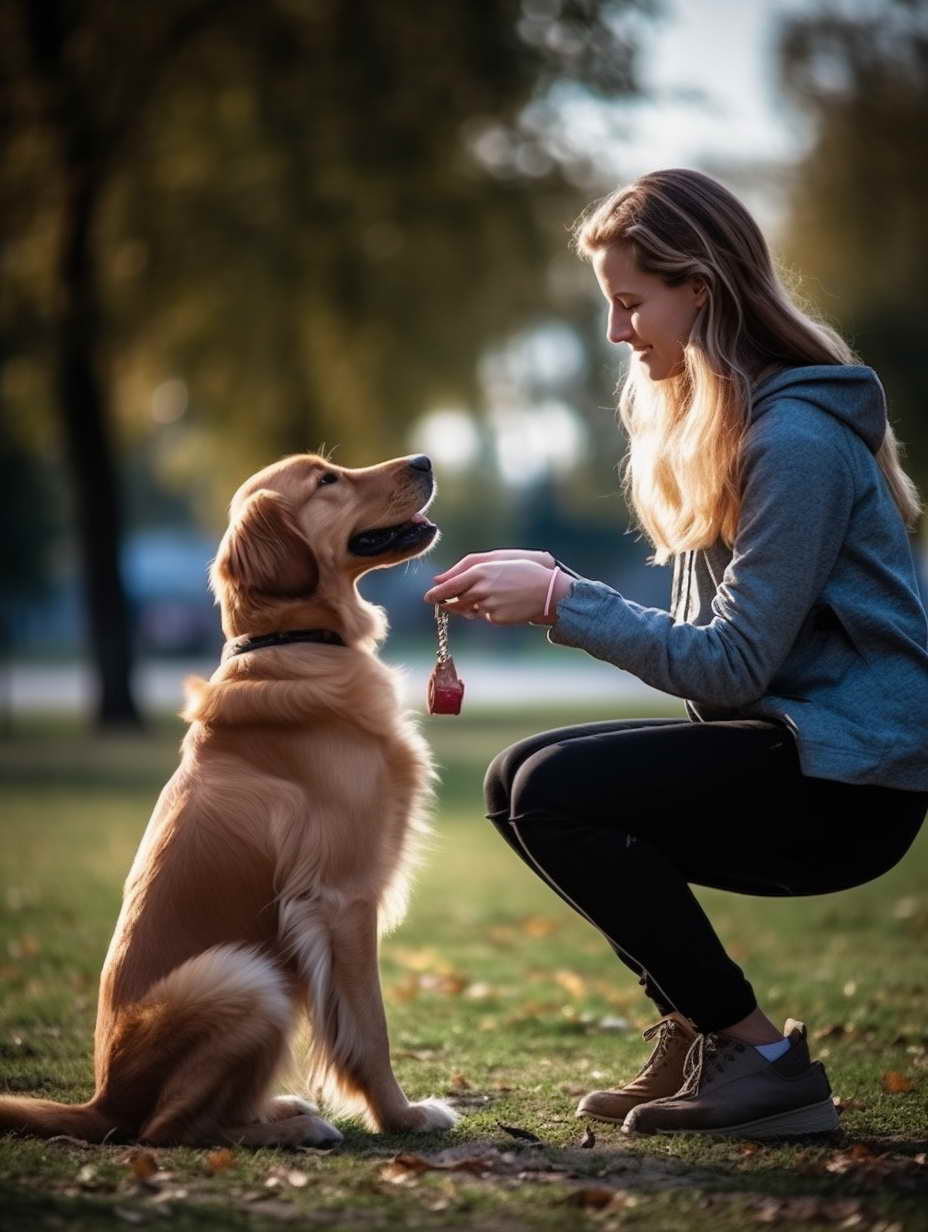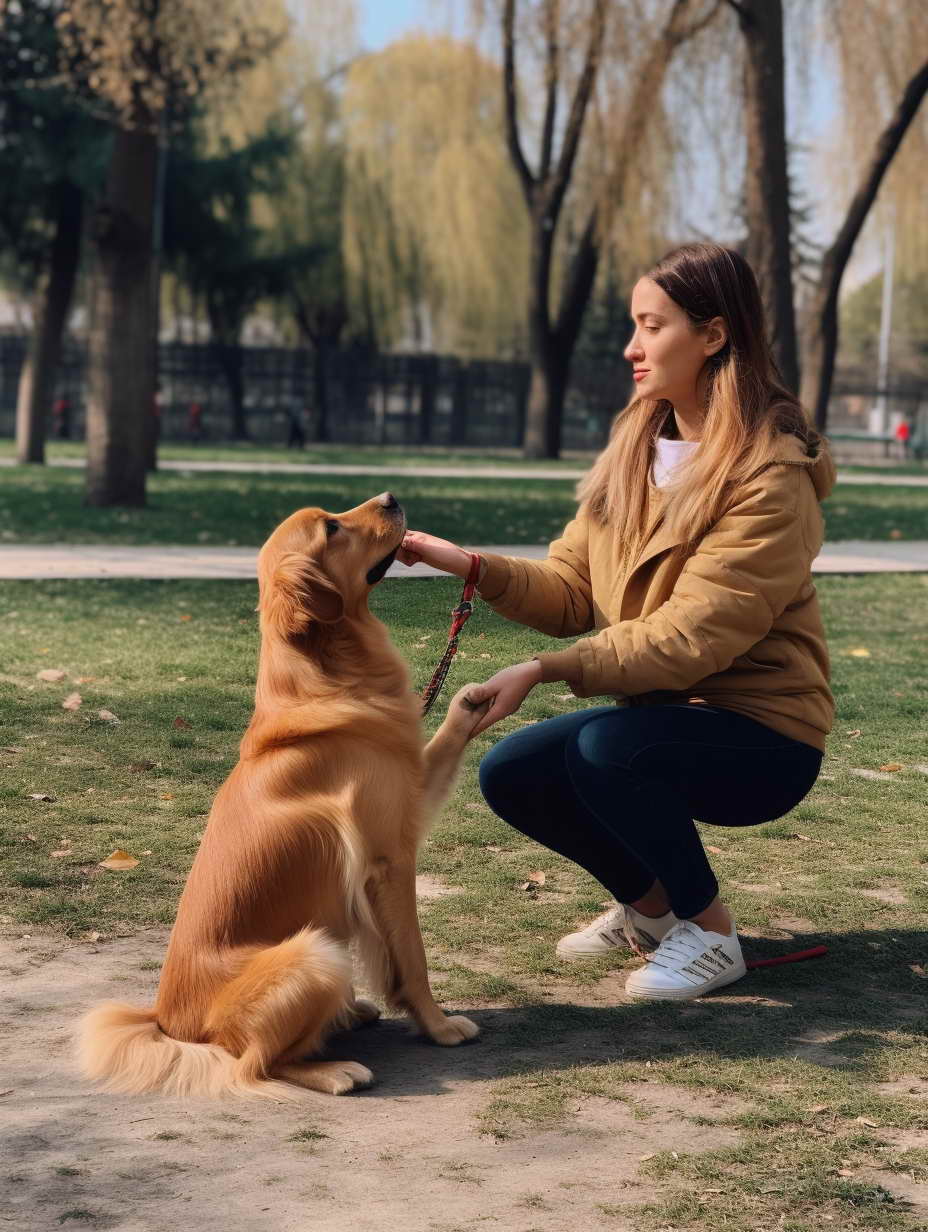When Should You Start Dog Training: A Comprehensive Guide
In the world of pet ownership, one of the most important aspects of ensuring a harmonious relationship between you and your furry friend is proper dog training. Training your dog not only enhances their behavior but also strengthens the bond between you and your four-legged companion. However, knowing when to start dog training is a crucial question that many dog owners grapple with. In this comprehensive guide, we will delve into the intricacies of dog training, shedding light on when and how to embark on this rewarding journey with your canine companion.
Dog training is an art, a science, and a fulfilling experience. It’s not just about teaching commands; it’s about fostering communication, trust, and mutual understanding. To embark on this journey successfully, let’s explore the key stages of dog training, answering the question, “When Should You Start Dog Training?”
When Should You Start Dog Training?
Before we dive into the specifics, let’s address the pivotal question: When should you start dog training? The short answer is, that the earlier, the better. Puppies are like sponges, eager to absorb knowledge and experiences. Therefore, puppyhood is the ideal time to begin training your dog.
The Critical Puppy Stage
Puppies start learning from the moment they open their eyes and begin exploring the world around them. This stage is often referred to as the critical period of socialization, and it typically spans from 3 weeks to 14 weeks of age. During this time, puppies are highly receptive to new experiences, people, and environments. It’s the perfect window to start their education.
Socialization and Basic Commands
Around 7 to 8 weeks of age, your puppy is ready to start basic training. Focus on essential commands like “sit,” “stay,” and “come.” These commands form the foundation of good behavior and are essential for safety.
The Adolescence Phase
As your puppy grows into adolescence, usually between 6 months to 2 years, it may test boundaries and exhibit more independence. This phase can be challenging but is another critical juncture for training.
Advanced Training
During adolescence, you can delve into more advanced training, such as leash manners, off-leash recall, and specialized commands. Patience and consistency are key during this period.
Training Methods and Techniques
Effective dog training is not one-size-fits-all; it requires flexibility and an understanding of your dog’s individual needs and temperament. Here, we’ll delve deeper into various training methods and techniques that can help you nurture a well-behaved and obedient canine companion.
Positive Reinforcement
Positive reinforcement is a training method based on the simple principle of rewarding desired behavior. This approach is rooted in the idea that dogs will repeat actions that lead to positive outcomes. Here’s how you can use positive reinforcement effectively:
- Treats: Small, easily consumable treats are a popular choice for rewarding good behavior. Ensure the treats are tasty but small to prevent overfeeding during training sessions.
- Verbal Praise: Dogs thrive on praise from their owners. A hearty “good boy” or “good girl” in an enthusiastic tone can work wonders as a reward.
- Toys and Play: For many dogs, playtime with a favorite toy is a powerful motivator. Use a special toy reserved for training sessions to make it more enticing.
- Clicker Training: This method involves using a small device called a clicker to make a distinct clicking sound when your dog performs the desired action. The click precisely marks the moment of correct behavior, making it easier for your dog to understand what they did right.
Clicker Training
Clicker training is a specific form of positive reinforcement that has gained popularity among dog trainers for its precision. Here’s how clicker training works:
- Conditioning: Start by conditioning your dog to associate the sound of the clicker with a reward. Press the clicker and immediately follow it with a treat. Repeat this several times until your dog visibly perks up upon hearing the click.
- Marking Desired Behavior: During training sessions, use the clicker to mark the exact moment your dog exhibits the desired behavior. For example, if you’re teaching your dog to sit, click the moment their hindquarters touch the ground.
- Reward: After clicking, follow it up with a treat or verbal praise. This reinforces the connection between the click and the reward.
Clicker training is particularly effective for shaping complex behaviors or tricks, as the precise timing of the click helps your dog understand what they’re being rewarded for.

Obedience Classes
While training your dog at home can be effective, enrolling in obedience classes with a professional trainer offers several advantages:
- Structured Learning: Obedience classes provide a structured environment for both you and your dog. Professional trainers have a curriculum that covers essential commands and behaviors.
- Socialization: Classes often include interactions with other dogs, helping your pet develop crucial socialization skills. It’s an excellent way to expose your dog to different breeds and temperaments.
- Expert Guidance: Trainers are experienced in handling various dog personalities and can tailor their approach to your dog’s specific needs. They can offer personalized advice and solutions to common training challenges.
- Accountability: Attending classes regularly ensures you stay committed to your dog’s training regimen. Consistency is key to successful training.
Before enrolling in a class, research trainers in your area, read reviews and ensure they use positive reinforcement techniques and humane training methods.
Behavior Modification
Sometimes, dogs may exhibit undesirable behaviors such as aggression, fear, or excessive barking. In such cases, behavior modification techniques may be necessary. Here are some approaches:
- Counterconditioning: This technique involves changing your dog’s emotional response to a specific stimulus. For example, if your dog is fearful of strangers, you can pair the presence of strangers with treats to create a positive association.
- Desensitization: Gradual exposure to the source of fear or anxiety in a controlled and positive manner can help your dog become less reactive over time.
- Professional Help: For severe behavior issues, consulting a certified dog behaviorist is advisable. They can assess your dog’s behavior and create a customized behavior modification plan.
Remember that behavior modification may take time and patience, but with consistent effort, many issues can be successfully addressed.
Training your dog is a journey that requires patience, consistency, and a deep bond with your furry companion. Starting early, during the critical puppy stage, sets the foundation for a well-behaved and happy dog. Remember to use positive reinforcement, seek professional guidance when needed, and enjoy the process of nurturing a strong and loving relationship with your canine friend.

Leave a Reply